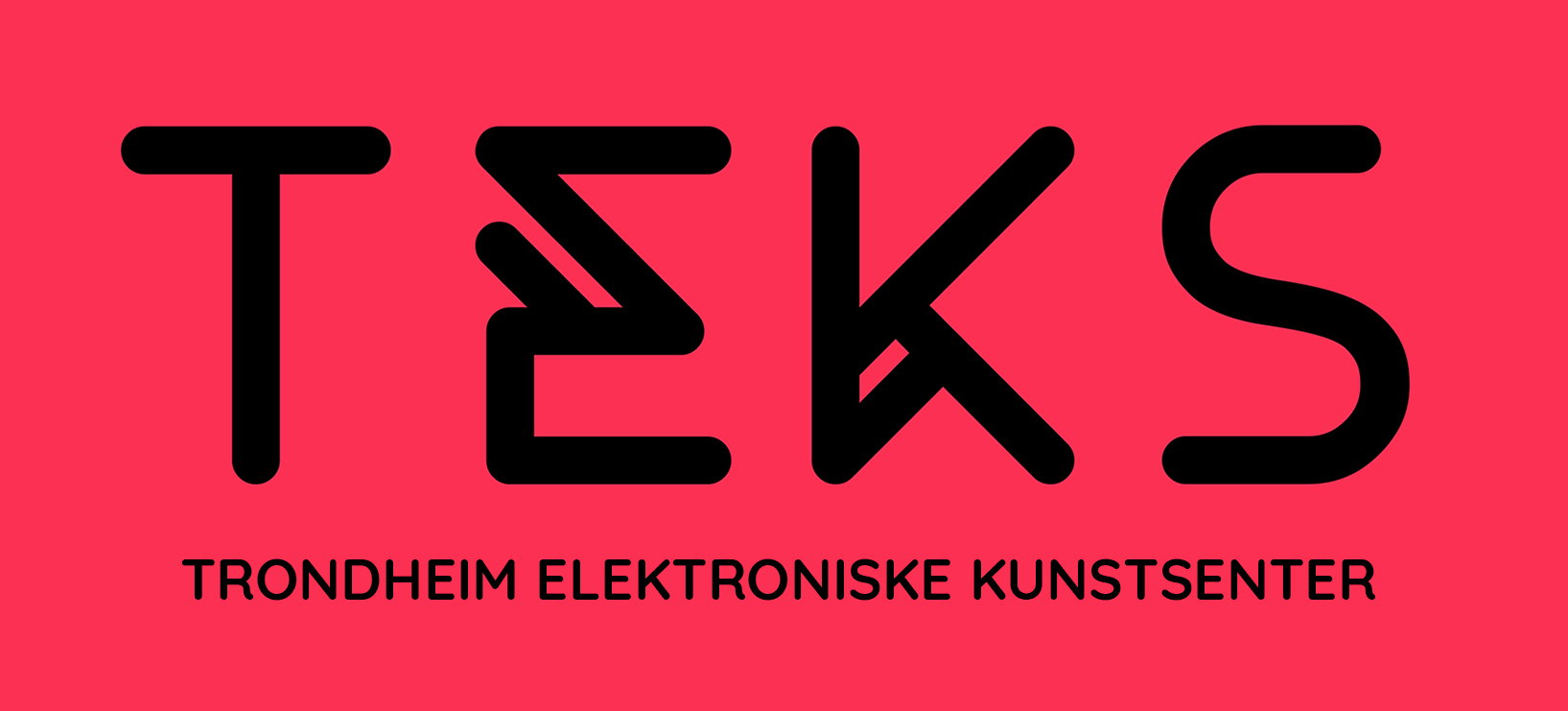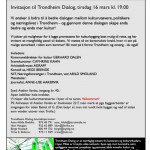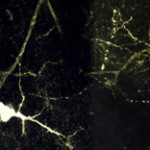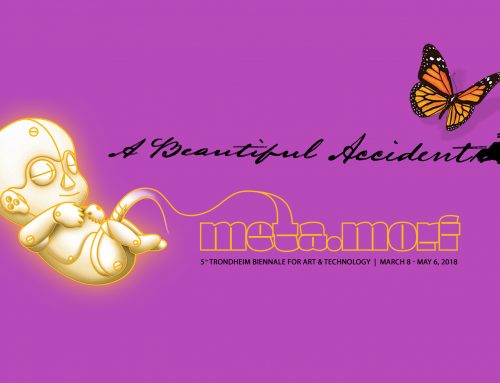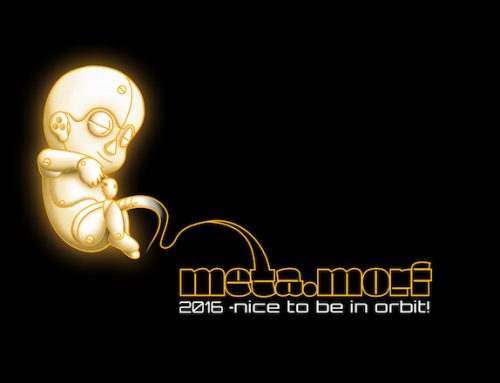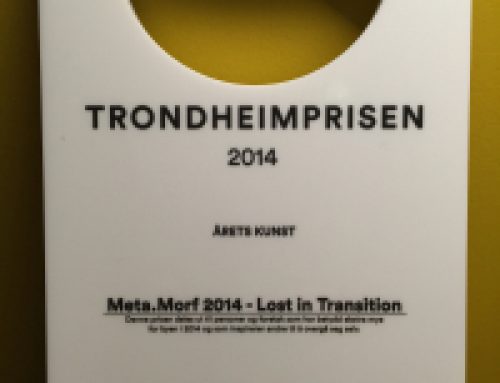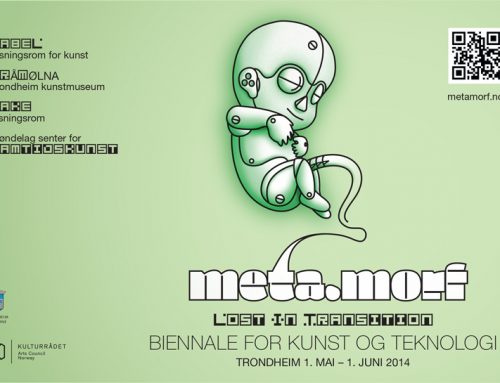2004-03-28
Trondheim Matchmaking 2004!
TEKS er bevilget 80.000 kr. fra Trondheim kommune, 100.000 kr. fra Norsk kulturråd og 100.000 kr. fra PNEK til Trondheim Matchmaking 2004! Dette er i sin helhet det samme som det ble søkt for!
Årets Trondheim Matchmaking starter 15. oktober, og gjennomføres delvis i samarbeid med Teater Avantgarden. I forbindelse med festivalen avvikler TEKS sin første egenkurerte utstilling i lokalene til Trøndelag Senter for Samtidskunst.
Har du idéer og/ eller innspill til årets event, vil vi gjerne høre fra deg!
2004-03-12
DSP: Nytt musikkprogram.
Musikkprogrammet DSP (utviklet av NOTAM) – er nå lagt gratis ut på NOTAMs web sider. Anbefales!
DSP er et nytt norskt program for å lage musikk på datamaskin. Med DSP kan du jobbe med støy og rene elektroniske lyder, samples og egne opptak. Programmet er gratis og utviklet for bruk på internett.
Det er laget i JAVA slik at det kan brukes på både PC, Linux og MAC. Det kan brukes direkte over nettet, eller lastes ned til egen maskin slik at det spiller uten å være tilkoblet nettet. Det kommer også flere prosjekter, konkurranser og verksteder knyttet opp til DSP.
2004-03-10
MINDSCAPE: ÅPEN FORELESING.
TEKS, i samarbeid med Inst. for datateknikk, NTNU, presenterer Sol Sneltvedt med kunst- og forskningsprosjektet MINDSCAPE.
ÅPEN FORELESING på rom “Kjell 3″, Gløshaugen, NTNU, fredag 5. mars kl. 13.15 – 15:00 (15 min. pause kl. 14.00)!
Mindscape handler om den dynamiske sammenhengen mellom mikroskopiske hjerneprosesser og tankens utstrekning. Prosjektet er å visualisere aspekter av dette fascinerende og paradoksale fenomenet i et elektronisk kunstverk med ressonans i nyere forskning.
Billedkunstner Sol Sneltvedt arbeider med et team av hjerneforskere og teknologer ved Centre for Computational Neuroscience and Robotics (CCNR), University of Sussex, England.
Sol Sneltvedt presenterer Mindscape under utvikling og snakker om prosessen bak dette forsøket på å reflektere tankens grenseløse omfang gjennom å forstørre de mikroskopiske komponentene i hjernen til monumentale størrelser. Ideen er, gjennom en lyd og videoinstallasjon, å møte tilskueren med en fysisk tilstedeværelse av de ørsmå komponentene som oppretter vår virkelighetsoppfattelse.
Mindscape er del av et nasjonalt pionerprogram for kunst & vitenskap ved The Arts Council of England (AC) og The Arts and Humanities Research Board (AHRB). Prosjektet er også støttet av Norsk Kulturråd.
————-
LECTURE by Sol Sneltvedt at room “Kjell 3″, Gløshaugen, NTNU, friday 5th of mars at 13.15 – 15:00:
TEKS, Trondheim Electronic Arts Centre, in collaboration with the Dep. of computer technics, NTNU, presents the Mindscape project by norwegian artist Sol Sneltvedt:
“There is a fundamental problem in trying to visualise the complex and dynamic interaction between the microscopic scale of the processes associated with brain mechanisms and the unbounded properties of the mind. At the interface between art and science Mindscape explores novel approaches to achieving an instructive and challenging artistic visualisation of this fascinating and paradoxical aspect of how the brain works. The overall aim of the project is to realise an art-work in sight and sound that invites the audience to reflect on the range and speed of human perception and what forces may be at play at an inner level.
Norwegian artist Sol Sneltvedt collaborates with a team of neuroscientists and computing scientists at the Centre for Computational Neuroscience and Robotics (CCNR), University of Sussex, England. Sol will present Mindscape-in-progress and talk about the processes behind the project.
Mindscape is part of a pioneer program for artists and scientists working together jointly funded by the Arts Council of England (AC) og the Arts and Humanities Research Board (AHRB). Mindscape is also supported by the Norwegian Arts Council”.
Professor Michael O’Shea: I am interested in how the activity of nerve cells (neurons) and the interactions between them underlies the ability of the brain to acquire, store and manipulate information. Neurons generate electrical signals and these can be transformed into the chemical signals that allow different neurons and different parts of the brain to communicate with one another. An important aspect of my research is concerned with the temporal and spatial dynamics of this complex communication system on which ultimately the functioning of the brain and all mental phenomena depend. While we have quite a good understanding of how individual neurons produce electrical and chemical signals and messages, we a have very sketchy understanding of how the activity of large assemblages of neurons reflects mental function. This research project will add a novel dimension to acquiring insight into the working of the brain principally by allowing the free play of an artistic imagination, instructed by the microscopic details of neuroscience, to develop alternative amplified visions of the dynamics of the brain’s functional processes.
Dr Tom Smith: As an associate member of the CCNR and former doctoral student of Professor O’Shea and Professor Phil Husbands, I am interested in the development, analysis and understanding of real and artificial complex adaptive systems, including organisms and organizations as well as algorithms, agents and robots. Such systems exhibit complex and high-dimensional dynamics across a wide range of temporal and spatial scales, and it is often not possible to visualize the key variables directly. The development of new methods for visualizing the operation of these types of system is potentially extremely important in understanding both *what* is happening, and *how* it is happening. I am extremely excited about the proposed collaborative project, allowing me to explore further novel methods for visualizing and representing the operation of the brain – perhaps the best example of a complex adaptive system.
